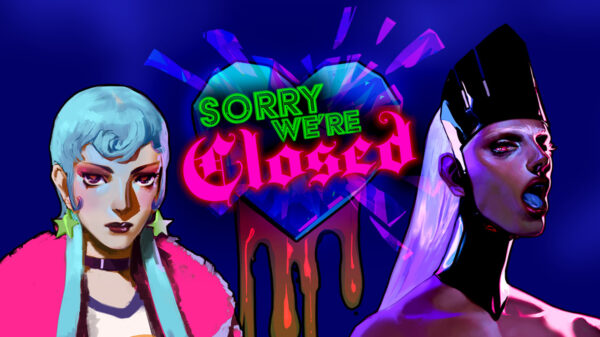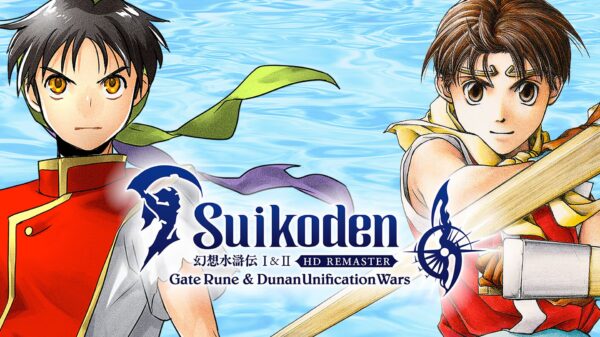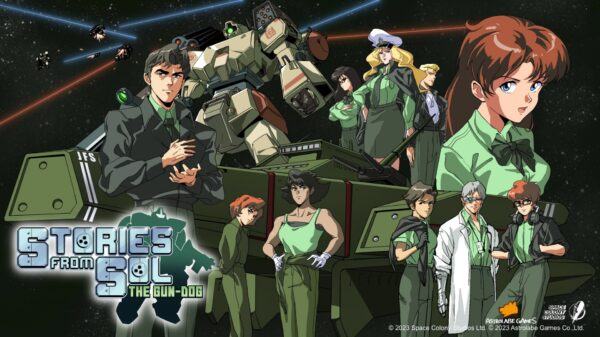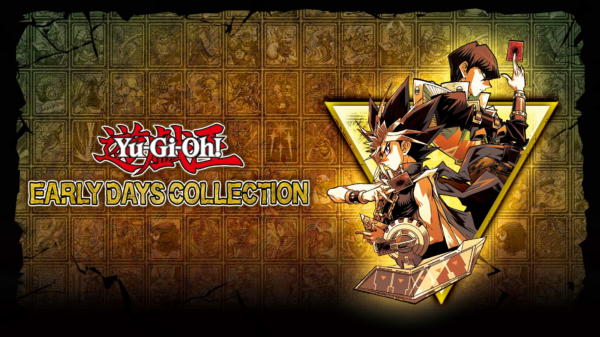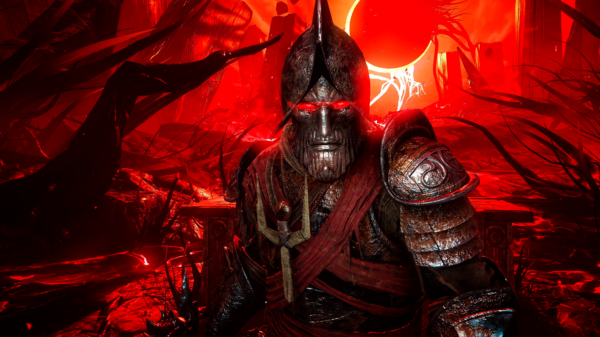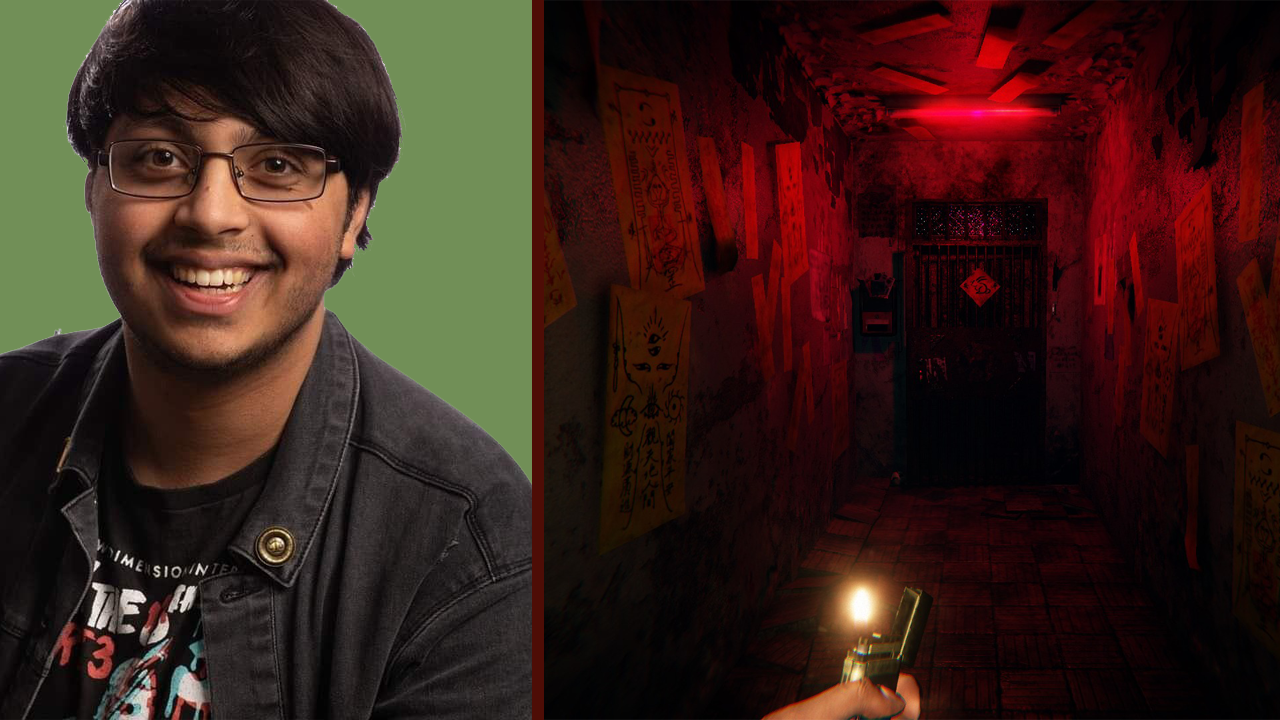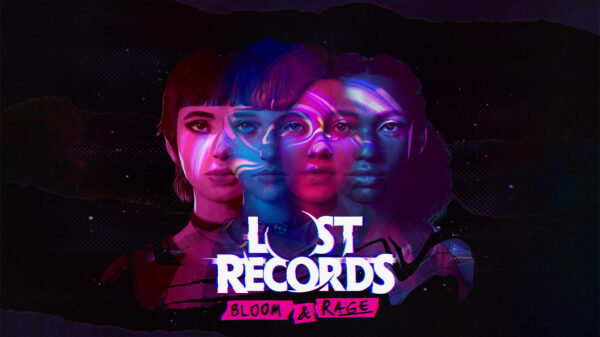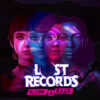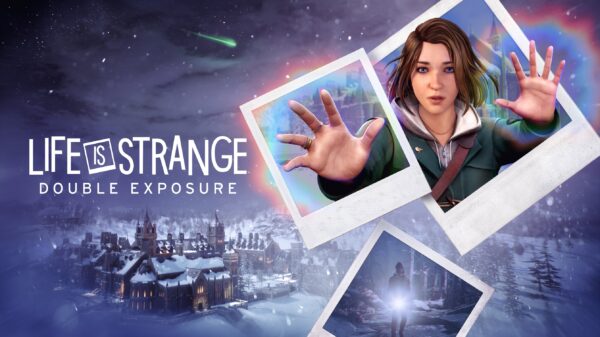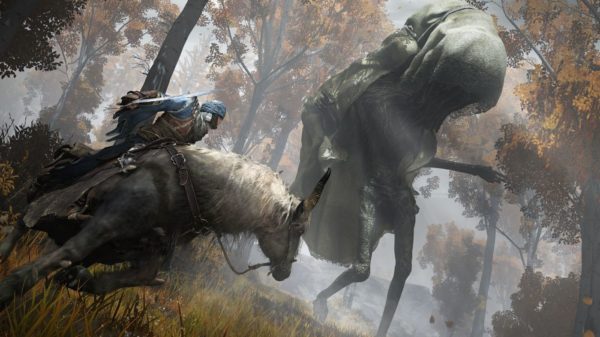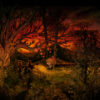A large part of making a list to the best games of the decade is reliving the past. For me, a lot happened in these ten years. I graduated from school, got my first job, and moved out. I came of age (I think), and alongside me were friends, my writing, and of course video games. Video games are very special to me, they’ve been there to soothe my aches, provide a career, and most importantly grant me perspective. I’ve carefully curated a list that were most influential in these categories in order when they released.

Minecraft (2011)
I have played more Minecraft than any of the other games on this list. It was the obsession of the 2010s. I was deep into its creative and survival gameplay aspects, and it became the catalyst for my love of programming and multiplayer gaming. As I grew older, Minecraft seemed to keep going throughout the decade with the same strength. I would come back to its playful blockiness and warm atmosphere whether on smartphones, home consoles, or the PC. All of it would rush back to me like riding a bicycle, and the desire to spend countless hours never diminished.
Minecraft continues to be alluring to generations of people, even more so now that it has cross-play functionality. It has undoubtedly left its legacy as an iconic piece of pop-culture, but also impacted me in the way it bred my social aspects and creativity.
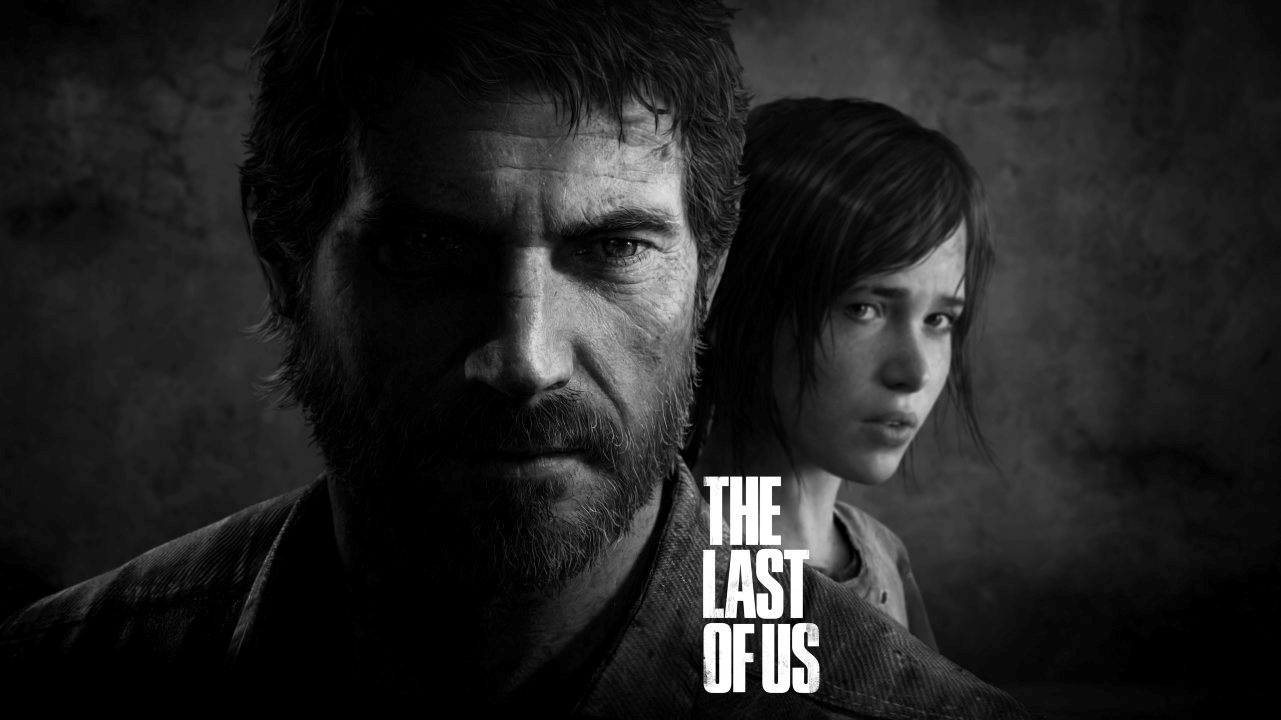
The Last of Us (2013)
The Last of Us may seem primitive compared to today’s collection of stellar single-player narrative games (especially from PlayStation). It’s important to realize, however, that there really wasn’t a game of this caliber prior to its release. In its essence, The Last of Us was Naughty Dog’s cap on the PS3 era. An era that continuously worked towards evolving what mainstream cinematic video games could be with efforts from Sucker Punch, Quantic Dream, and of course Naughty Dog.
Truly, it felt as if it was an end to an era and the beginning of something new and exciting. Joel and Ellie’s journey was strong due to the technological innovations of the console generation towards motion capture technology and greater creative efforts that looked at the storytelling in books such as The Road. It raised the bar significantly for what single-player games would be for the rest of the decade. Also, I can’t not mention the Last of Us’s stellar multiplayer mode.
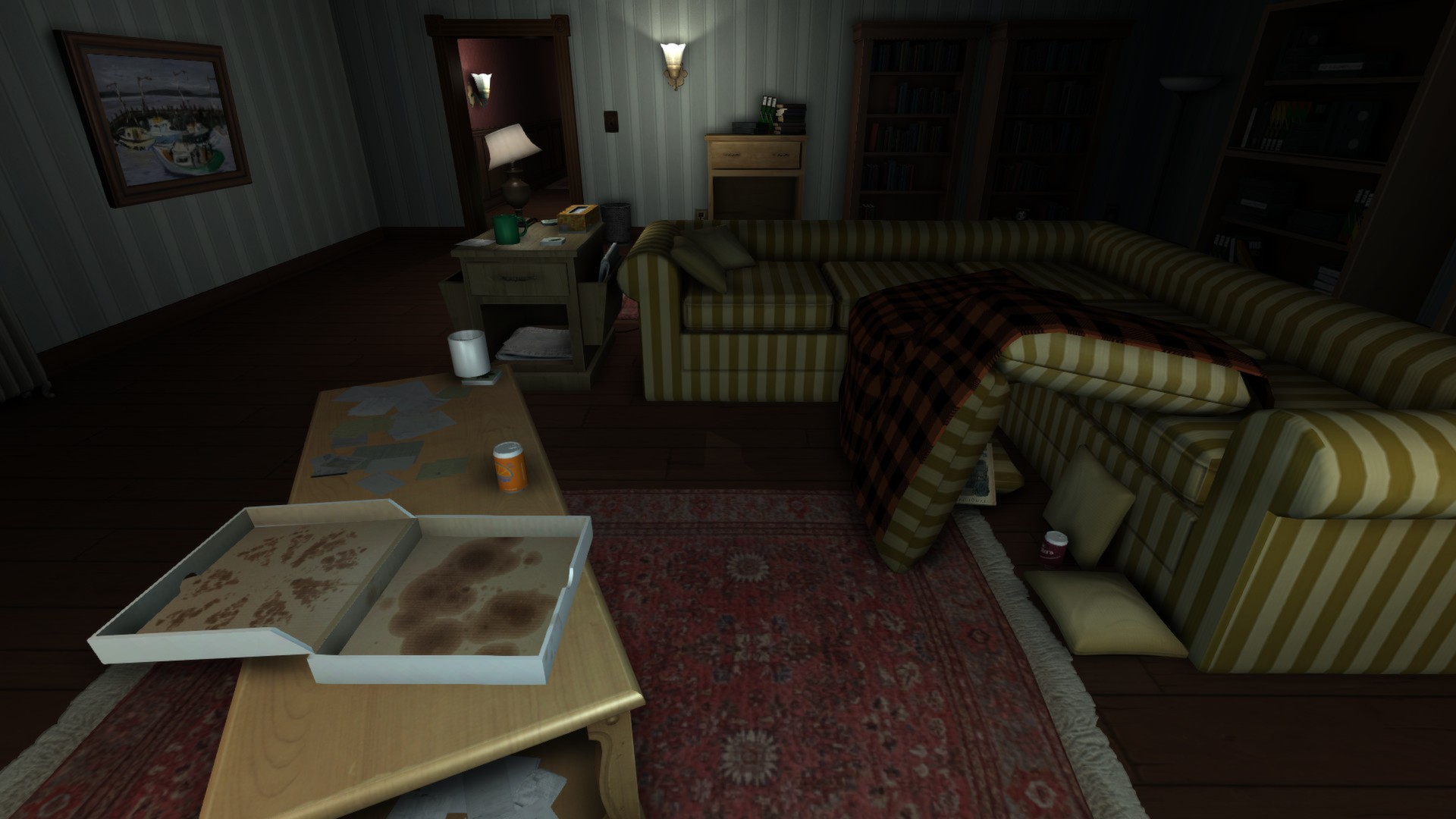
Gone Home (2013)
Gone Home was a revelatory experience for me since I knew nothing prior to playing it. I’m a huge fan of horror games and assumed that Fullbright’s knockout narrative piece was going to end up being another Outlast or Slender. This anxiety was instead washed over with a warm LGBT narrative that was emotionally resonant.
Little did I know that Fullbright was at the cusp of a movement in video games to make pieces that explored what interactive entertainment could do as a meaningful art form. What stories could they tell better than any other medium? How can they be edifying towards greater pop culture? These questions had to be asked at some point to get past the medium’s infancy, and Fullbright opened the floodgates for creators to provide answers.
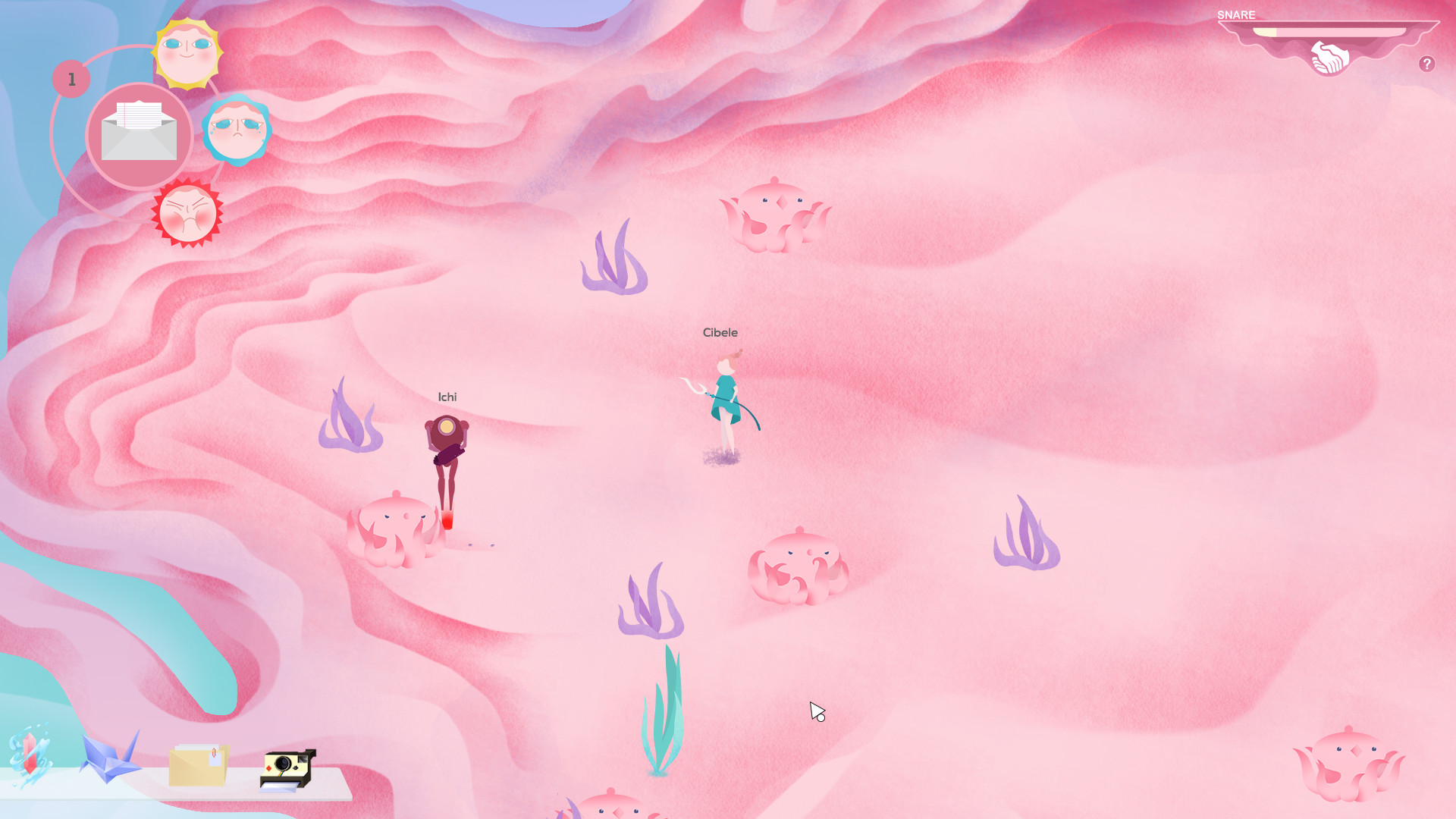
Cibele (2015)
Cibele is a tender time-capsule of the previous decade. Part FMV and MMO-simulator, it’s an autobiographical portrait of the developer Nina Freeman taken from her first romantic/sexual encounter she experienced when playing the MMORPG Final Fantasy XI. It’s fairly short, remaining effective thanks to a recreation of Freeman’s 2000’s era desktop. Snooping around it seems voyeuristic, but serves as a proper set-up to experience the complicated emotions that Freeman wants you to feel by the game’s ending.
Cibele is important to me, not just in how it gave me perspective on someone’s life, but because it was the very first professional video game review I had ever done. It’s also a prime example of how video games can genuinely be an individual’s work, and that this hobby can provide people the tools to share their life stories in continuously unique ways.
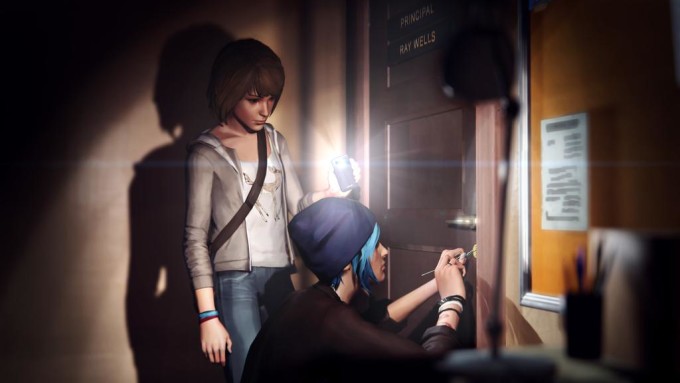
Life is Strange (2015)
It took me quite a while before I finally ended up playing Life is Strange in its entirety. French Studio DONTNOD’s timey wimey coming of age narrative adventure game is unique in that it takes place in my home state, Oregon. While the team does great with their representation of bi-curious teenagers, I was also elated with its representation of the Pacific Northwest.
DONTNOD used Life is Strange’s setting to take moments of calm (something that games rarely do) that compliment Max and Chloe’s journey with introspection. Elevating the boundaries of the emotional storytelling that video games can achieve, Life is Strange has characters that I’ll hold dearly into the next decade.
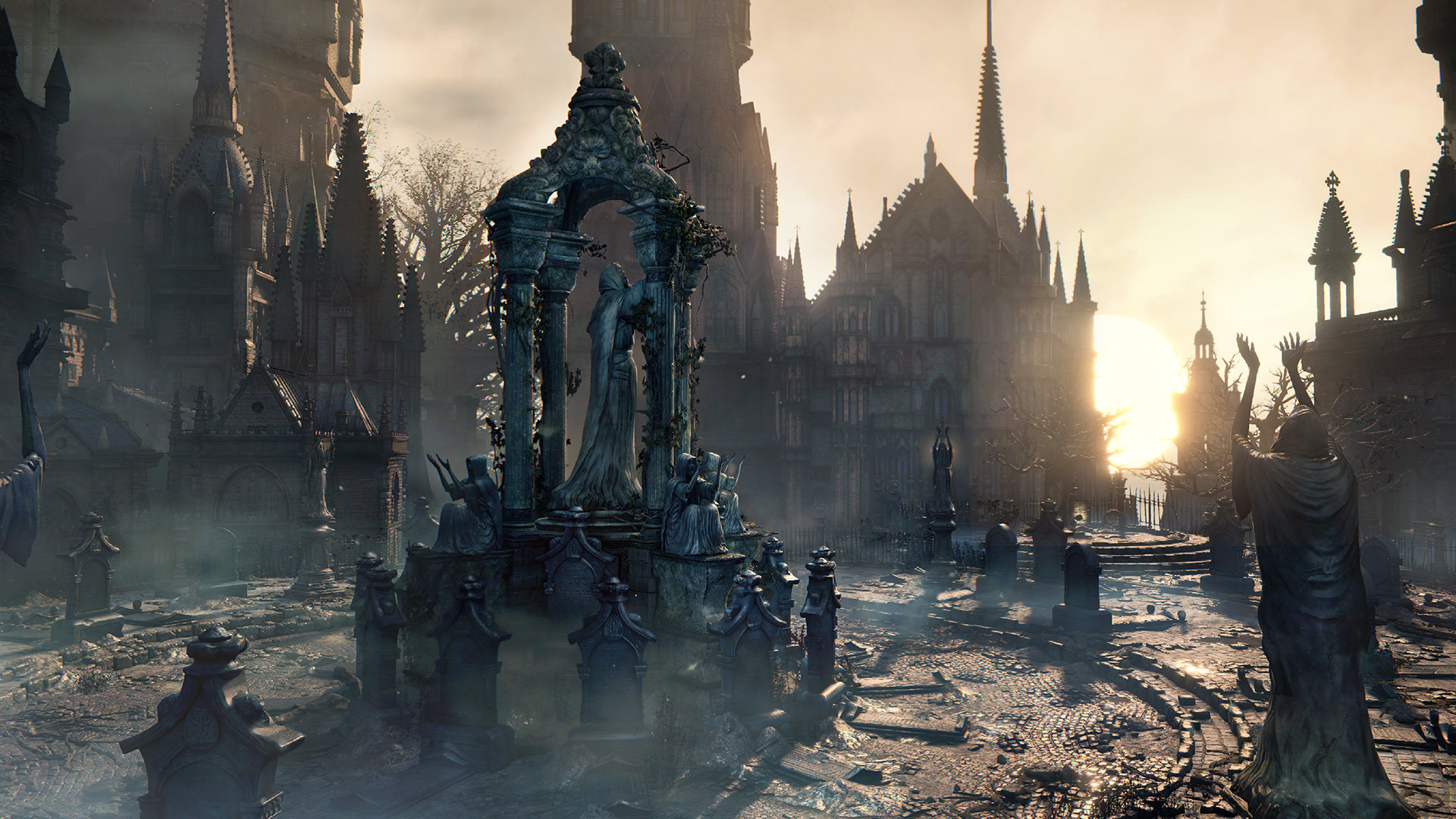
Bloodborne (2015)
Bloodborne lined up with all of my common interests. It’s a gothic horror action-RPG that evolves into a cosmic nightmare of Lovecraftian aspects. However, it’s also what I would imagine a proper revival of the Castlevania series to be. In this alone, I was completely down with Bloodborne and ended up beating the game three times over to get each respective ending (I rarely play video games more than once so this was an anomaly).
Bloodborne is what I feel as the most polished iteration of the soulslike genre. Yet, that might actually just be that I have an affinity towards its atmosphere. It’s a significant case to how influential a visual style can be towards making compelling interactive entertainment.
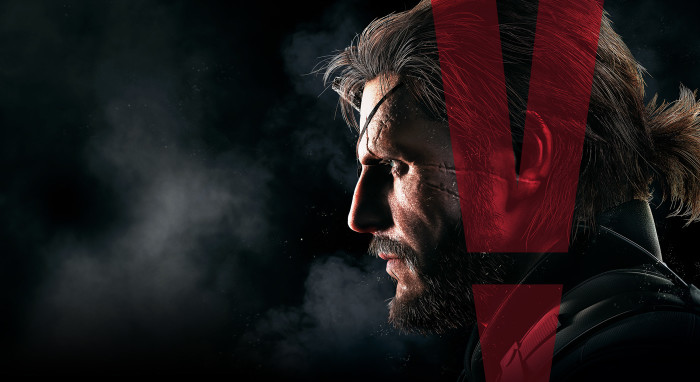
Metal Gear Solid V: The Phantom Pain (2015)
I fully believe that Hideo Kojima is a creative genius and you won’t be able to convince me otherwise. Sure, I’ll agree with you that he sometimes comes off as pretentious, but I think that’s reductive to how endearing his philosophical takes on Americana and greater culture end up being. Metal Gear Solid V: The Phantom Pain is no exception, and provides the best stealth-action gameplay of the decade.
I marathoned the Metal Gear games prior to the release of The Phantom Pain and admired the level of bravery that Kojima used to deal with such heavy topics such as child soldiers and the horrors of war on what was essentially an anime soap-drama backdrop. His ambition to create a long-withstanding narrative that connected across generations still managed to resonate emotionally on every beat due to a vigor he placed in his characterization. As an inspiration who helped many realize videogame’s storytelling abilities well before that was the prerogative, Kojima has dominated the decade (especially with what I have played with Death Stranding) with impeccable talent and admirable confidence.
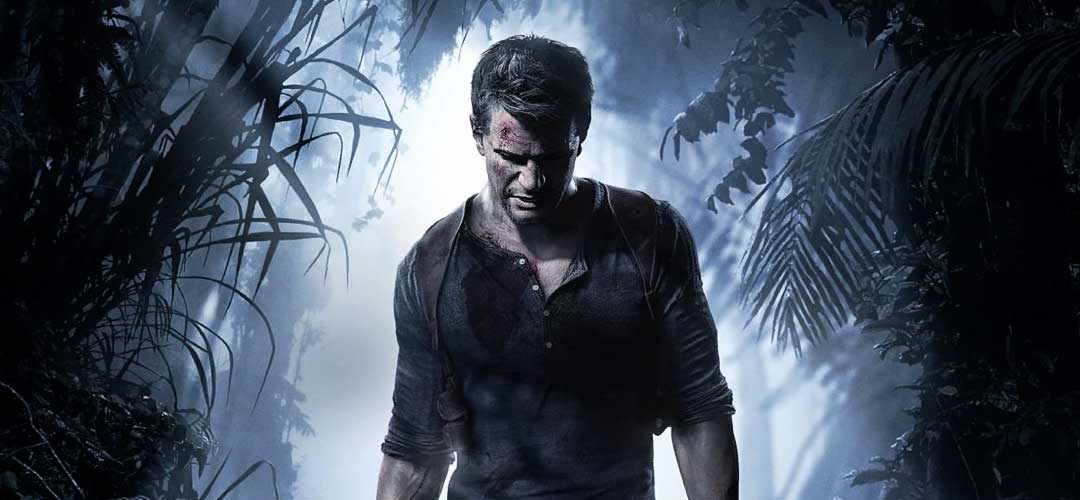
Uncharted 4 (2016)
Uncharted 4 takes the storytelling abilities that Naughty Dog learned from making The Last of Us and applies it towards making a proper sendoff to the artifact-hunting Nathan Drake. As a fan of the Indiana Jones series of movies, Uncharted was a series of games that itched the same scratch of globe-trotting adventure and I stayed for its lovable cast of characters.
With the fourth entry, Nathan Drake and company end up exploring closure (something which I had mistakenly thought I had enough of after Uncharted 3) more than any lost city of gold. Yet, the way that this game still managed to balance a sense of adventure while also providing this sunset to the characters showcased how well-rounded a video game narrative could be. More than anything, I found the characterization between Nathan and Elena to be one of the best depictions of a romantic relationship in mainstream video games.
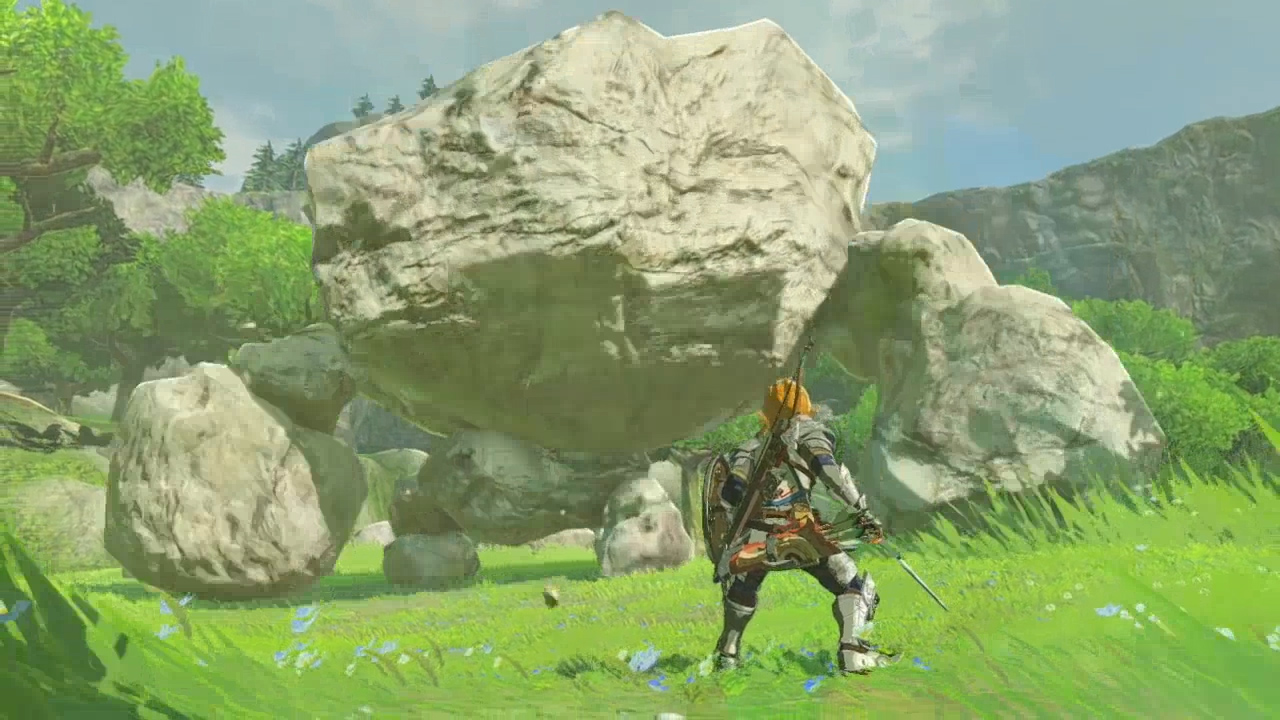
The Legend of Zelda: Breath of the Wild (2017)
In the previous decade, I was unhealthily obsessed with the Legend of Zelda series. By the time I played The Legend of Zelda: Skyward Sword however, I was severely let down with how the series was stagnating and put my interest for Nintendo’s fantasy franchise on the back-burner for years.
It was during the final spring break of my schooling that The Legend of Zelda: Breath of the Wild released on the Nintendo Switch. I was obsessed with this evolution of the franchise in its fresh approach towards open-world gameplay. Realizing that it would probably be my final chance to consume a game with such dedication before entering the workforce. I lost myself in that world and completed it in a week as a send-off to that era of my life. A send-off that I couldn’t have possibly conceived to be any better.
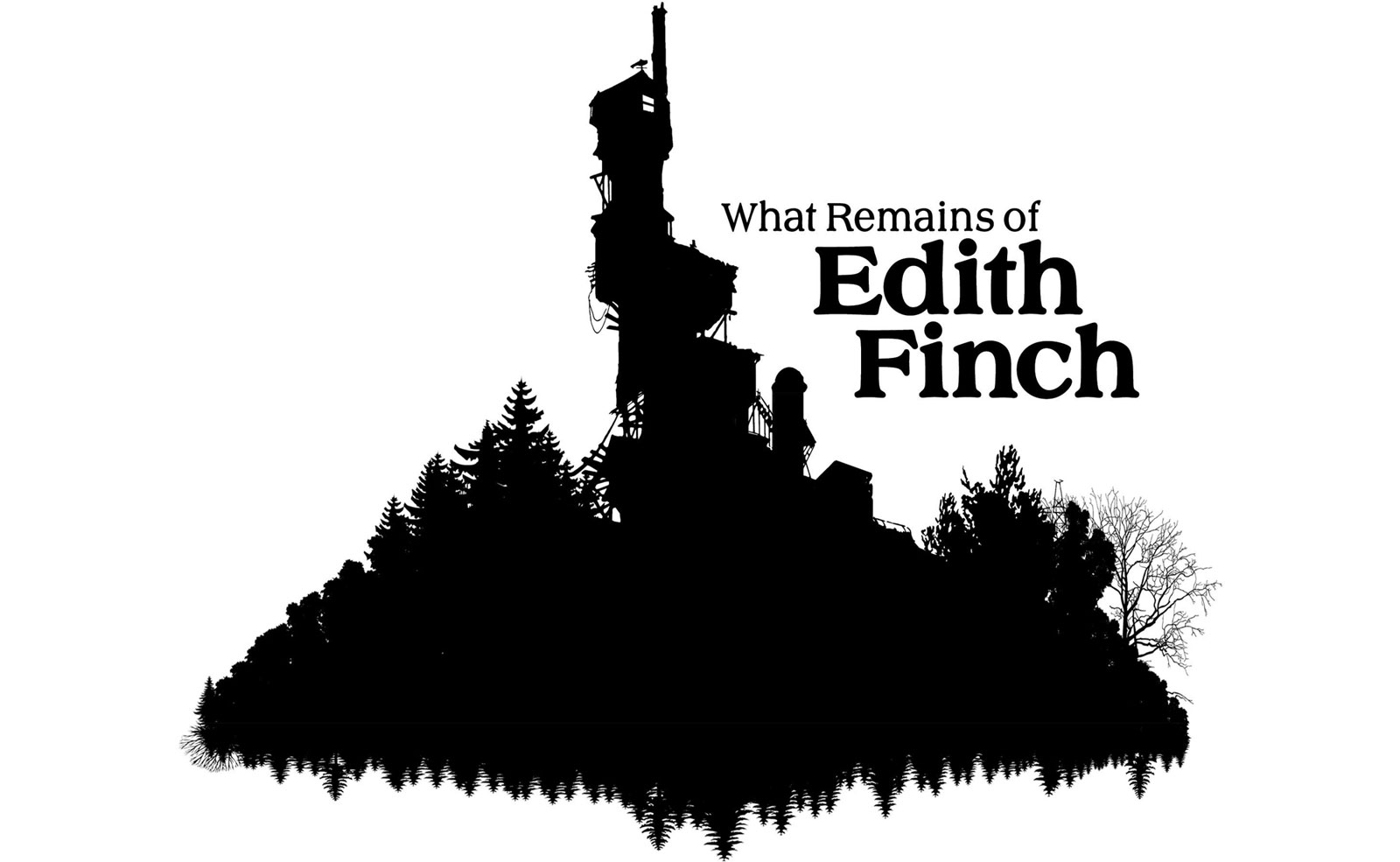
What Remains of Edith Finch (2017)
What Remains of Edith Finch is more than exploring an exorbitant house, it’s an exploration into the human experience. Utilizing elements of magical realism to craft what is in its essence a collection of interactive poetry, the developers at Giant Sparrow uses vignettes of the Finch family to explore life, family, and death.
I was so emotionally moved by What Remains of Edith Finch more than any other game of the decade. It was debilitating and left me in tears before the final credits. This was due to a polish that wasn’t just taken towards the overall gameplay experience but towards the writing and narrative presentation. There’s a methodical approach to tackling tender topics such as loss that pays dividends and constructs a concrete emotional core. It’s one of the most edifying interactive experiences of the decade and is well-worth the praises that have been thrown in its direction.
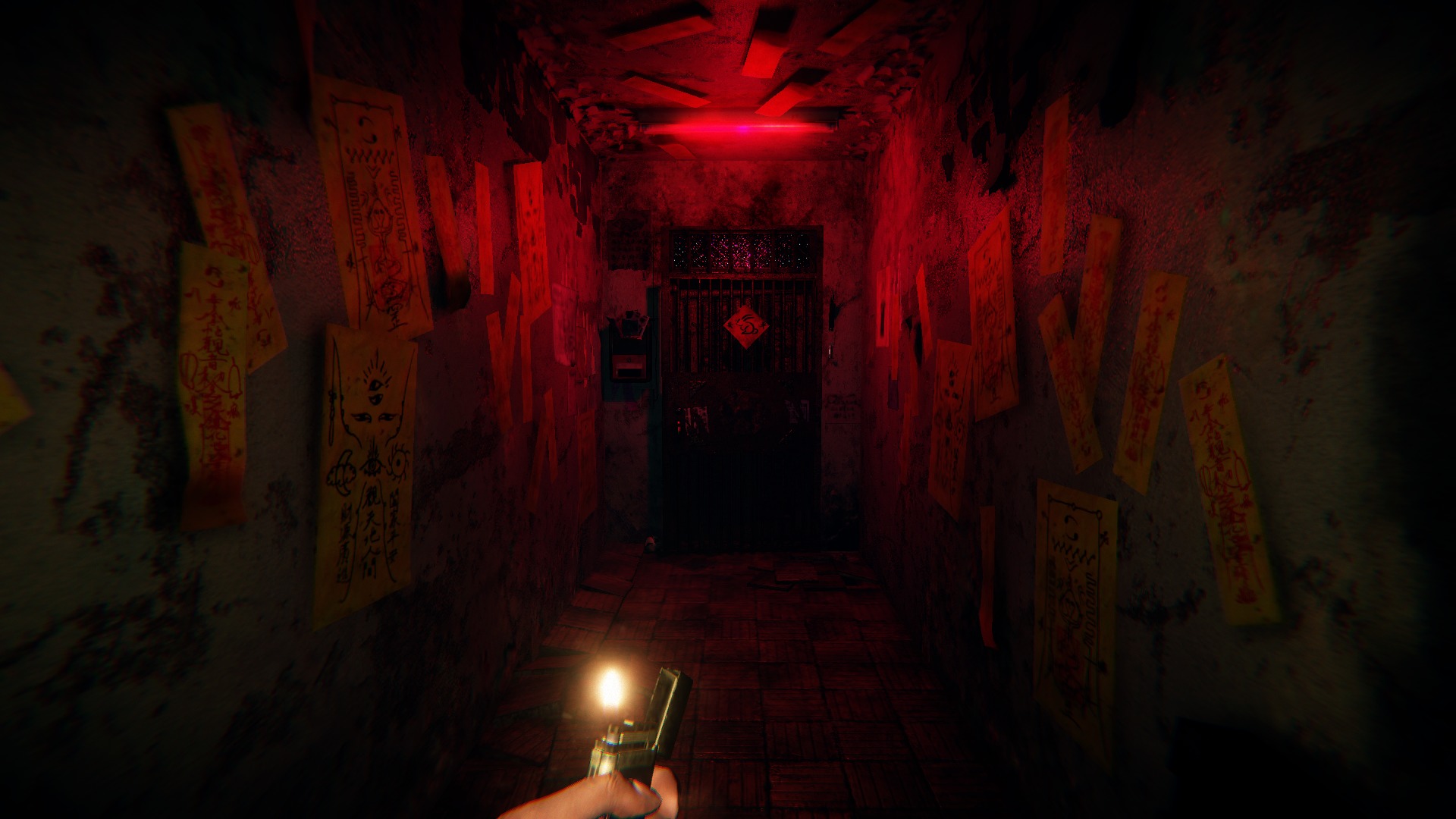
Devotion (2019)
I played a lot of horror games this decade. From Amnesia: The Dark Descent to Resident Evil 7, it was exciting to see how they frequently evolved and continuously reshaped themselves. In what was a refinement of the brand of first-person narrative horror games, Devotion from Taiwanese developer Red Candle Games managed to leave an impact on me more than any other horror game of the decade.
This was due to the cultural messages that Devotion portrayed. One that explores the Taiwan’s bias against mental illness and the disturbing influence that China had on the country with nuance. It’s overwhelmingly disappointing that it can’t be purchased anywhere since the company was threatened by the Chinese government and had their business license revoked. Overall, it’s 2019’s most impactful game since it exemplifies how a culture can use the medium to speak fluently on the issues they’re facing.

